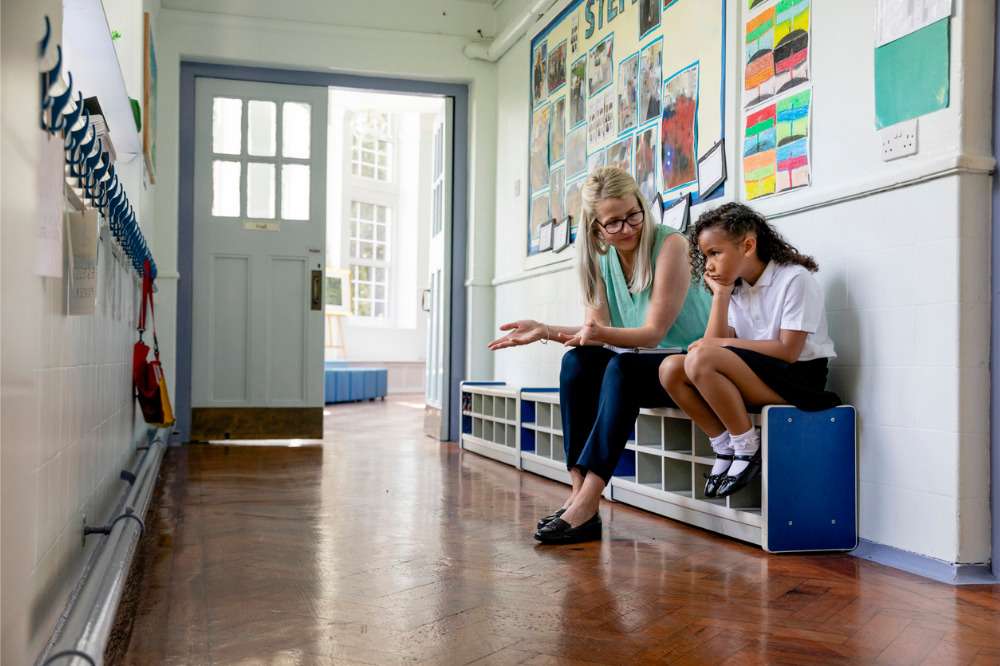
According to the OECD’s TALIS survey, more than four in five Australian teachers believe they are helping their students to think critically, and more than two-thirds of Australian teachers say they frequently, or always, give students tasks that require them to think critically.
However, despite numerous reports highlighting the importance of helping young people to think creativity and critically, the understanding of how students actually learn is rarely reflected in school curriculums, teaching practice guides, and student assessment.
A new analysis paper, titled: ‘Some Critical Thoughts about Critical and Creative Thinking’, explains why a deeper understanding of this process is needed to help young people become creative and critical thinkers.
The author of the paper is UNSW Emeritus Professor, John Sweller – one of the world’s most influential educational psychologists.
He says that while the understanding of how students learn (and learn to think critically and creatively) is rarely reflected in school curriculums, teaching practice guides, and student assessment, there is reason for optimism.
“In recent decades there have been substantial advances in our understanding of human cognition – how we learn, think, and solve problems,” Emeritus Professor Sweller told The Educator.
“Those advances have clear implications for what and how students should be taught including how they should be taught to think critically and creatively.”
Emeritus Professor Sweller notes that until recently, that current understanding of human cognition has had a minimal impact on school curricula and teaching practice including teaching students to think critically and creatively.
“I am optimistic that this situation is beginning to change with increasing evidence of knowledge of human cognition beginning to permeate educational practice including the teaching of critical and creative thinking.”
Emeritus Professor Sweller sees some key opportunities for school leaders to help educators facilitate critical and creative thinking in young people.
He says that while it is a truism that knowledge is the antidote to ignorance, it is also the only antidote to a failure to think critically and creatively.
“If students are presented with an invalid statement concerning for example, climate change, we have no general thinking strategy that we can teach that will allow them to directly determine the validity of the statement. But we can teach them the mechanisms, causes and facts concerning climate change,” he said.
“That knowledge, and only that knowledge, rather than yet to be discovered critical and creative thinking strategies, will allow them to evaluate erroneous statements.”


